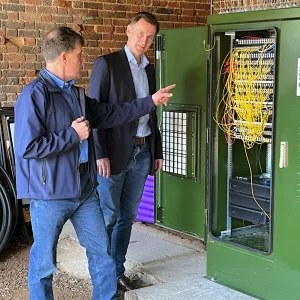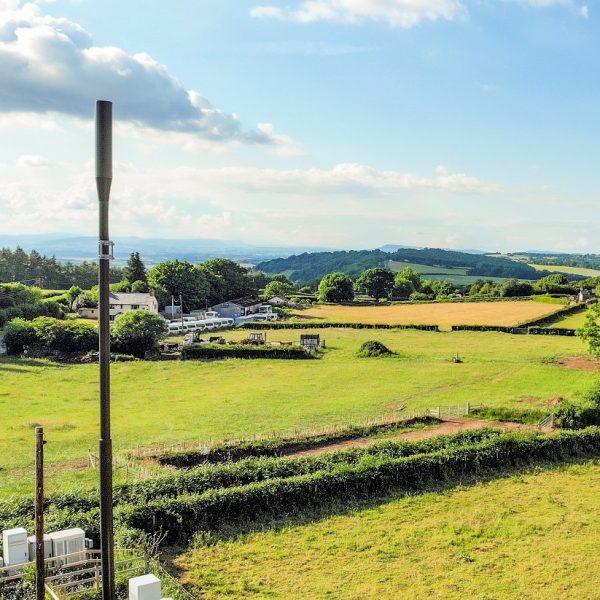Pheasant
ULTIMATE Member
Its fairly straightforward. Firstly allow the router to successfully connect to the service. Once its connected you can login to the router to get the PPPoE username and password:I had a read of the thread kindly posted by Pheasant and that llooks to be way above my capabilities!
1. Open a command window / terminal (e.g putty) prompt on your computer.
2. Connect to the router via ssh: (check the IP address of the router)
Code:
ssh engineer@192.168.1.13. At the engineer> command prompt, run the top command:
Code:
engineer>top4. You can now extract the PPPoE username and password from the output of the top command listing the processes running on the router. You want to search in the output for the line with process for /usr/sbin/pppd and then along that bit of output should be, user xxxxxx and password yyyyy








































